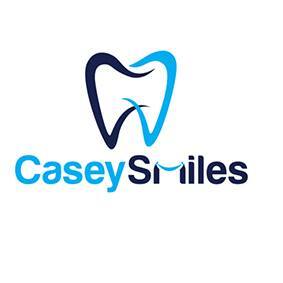
When it comes to straightening your teeth, you have two popular options: braces and aligners. Each method has its unique advantages and disadvantages, making the choice between them a crucial decision. This article will explore the differences between braces and aligners, helping you determine which treatment is best for your dental needs and lifestyle.
What Are Braces?
Braces are traditional orthodontic devices consisting of metal brackets glued to your teeth and connected by wires. Over time, these wires are adjusted to gradually move your teeth into the desired position.
Benefits of Braces:
- Effectiveness: Braces are highly effective for correcting complex dental issues such as severe overcrowding, misalignment, and bite problems.
- Durability: Once fitted, braces require minimal daily maintenance beyond routine cleaning.
- No User Error: Since braces are fixed, there’s no risk of losing or forgetting to wear them.
Drawbacks of Braces:
- Aesthetics: Metal braces are noticeable, which might affect your confidence, especially as an adult.
- Comfort: Braces can cause discomfort, especially after adjustments. The brackets and wires may also irritate the inside of your mouth.
- Hygiene: Braces require careful cleaning to avoid food getting stuck and causing cavities or gum disease.
What Are Aligners?
Aligners are clear, removable trays that fit snugly over your teeth. They are custom-made and replaced every few weeks to gradually shift your teeth into alignment.
Benefits of Aligners:
- Aesthetic Appeal: Aligners are nearly invisible, making them a popular choice for those concerned about their appearance.
- Comfort: Made from smooth plastic, aligners are generally more comfortable than braces and less likely to cause irritation.
- Convenience: Aligners can be removed for eating, drinking, and special occasions, allowing you to maintain your usual oral hygiene routine.
Drawbacks of Aligners:
- Discipline Required: Aligners must be worn for at least 20-22 hours a day. Forgetting or neglecting to wear them can hinder progress.
- Suitability: Aligners are not always suitable for complex dental issues. They are best for mild to moderate misalignments.
- Cost: Aligners can be more expensive than traditional braces, depending on the brand and treatment duration.
How to Choose the Right Treatment
1. Assessing Your Dental Needs Consult with an orthodontist to evaluate the severity of your dental issues. For complex cases, braces may be the recommended option. For simpler corrections, aligners might suffice.
2. Considering Lifestyle Factors Think about your daily routine and personal preferences. If you value discretion and the ability to remove your orthodontic device, aligners could be a better fit. However, if you’re worried about the discipline required to wear aligners consistently, braces might be more suitable.
3. Evaluating Cost and Insurance The cost of orthodontic treatment can vary widely. Check with your dental insurance provider to see what is covered. Some plans may favor one treatment over the other. Additionally, consider the long-term financial implications of each option.
4. Age Considerations Younger patients, especially teenagers, might benefit from the durability and lower maintenance of braces. Adults often prefer aligners for their subtlety and convenience.
Real-Life Success Stories
Braces Success: Jessica, a 16-year-old high school student, had severe overcrowding and an overbite. After two years of wearing braces, her teeth are now perfectly aligned, and her confidence has skyrocketed.
Aligner Success: Mark, a 30-year-old professional, chose aligners to correct his minor misalignment without disrupting his professional appearance. Within a year, his smile was transformed, and he appreciated the convenience of removable aligners.
Conclusion
Choosing between braces and aligners is a significant decision that should be based on your dental needs, lifestyle, and budget. Both treatments have proven effective for many people. Consult with your orthodontist to discuss your options and embark on the journey to a healthier, more confident smile.